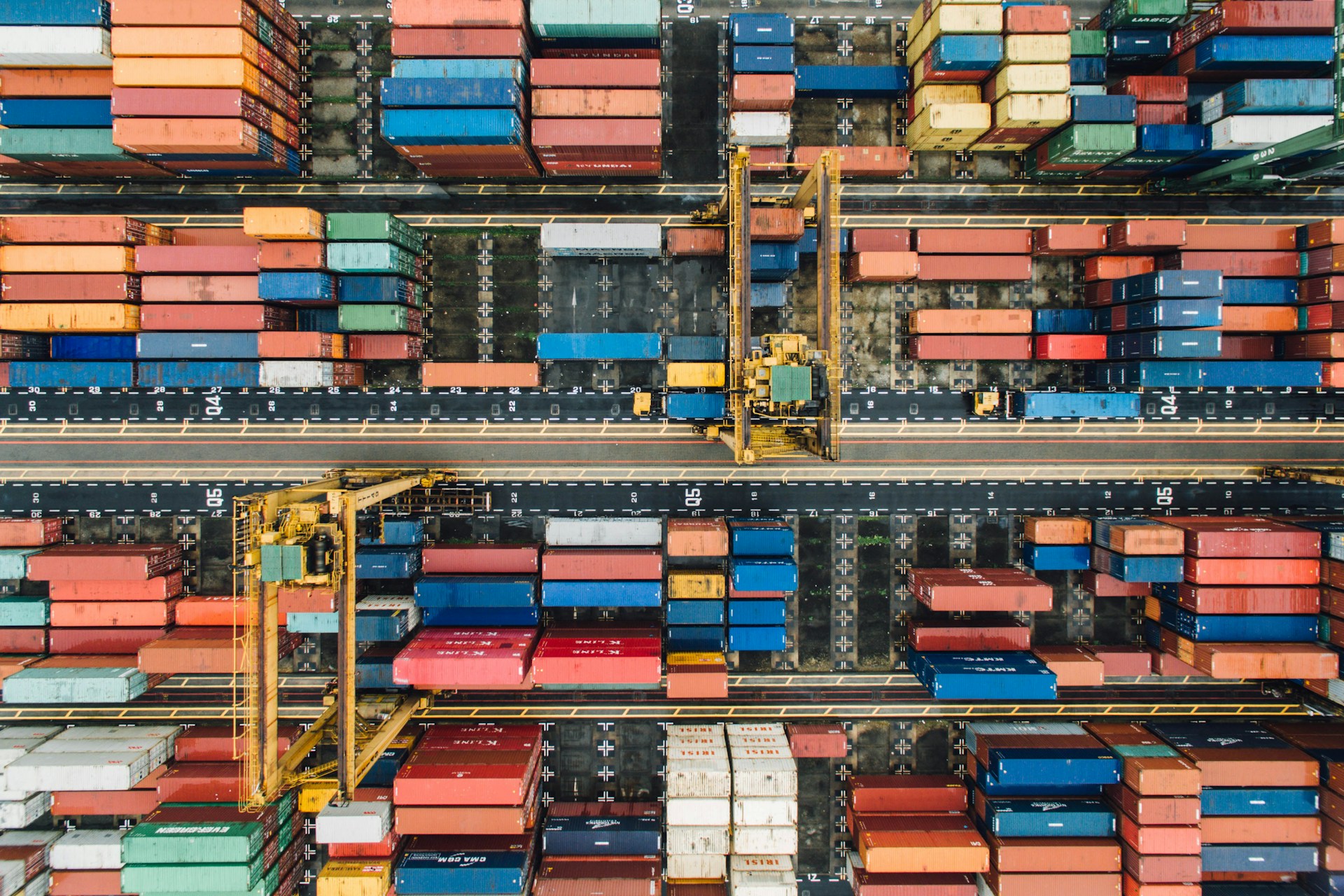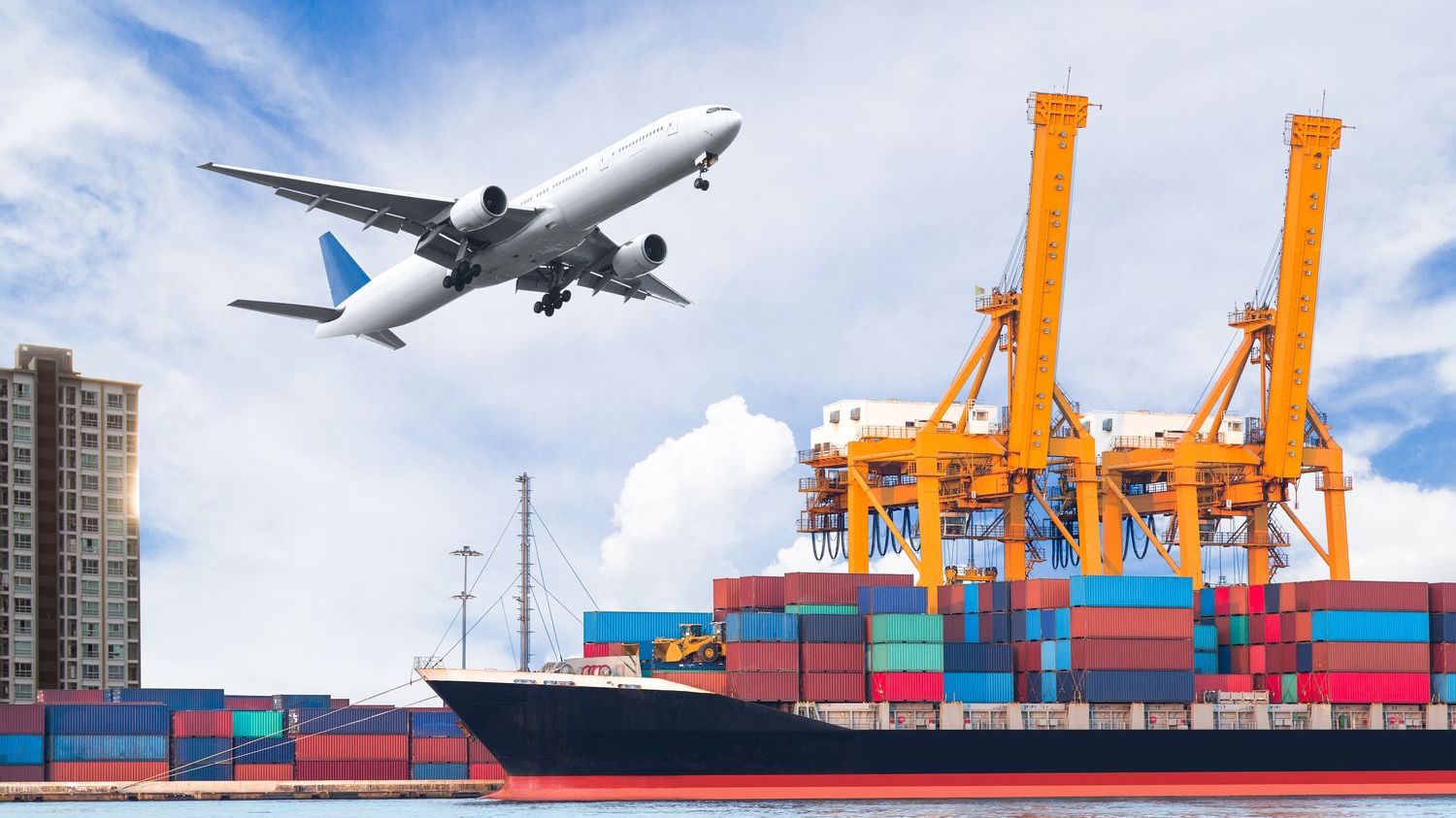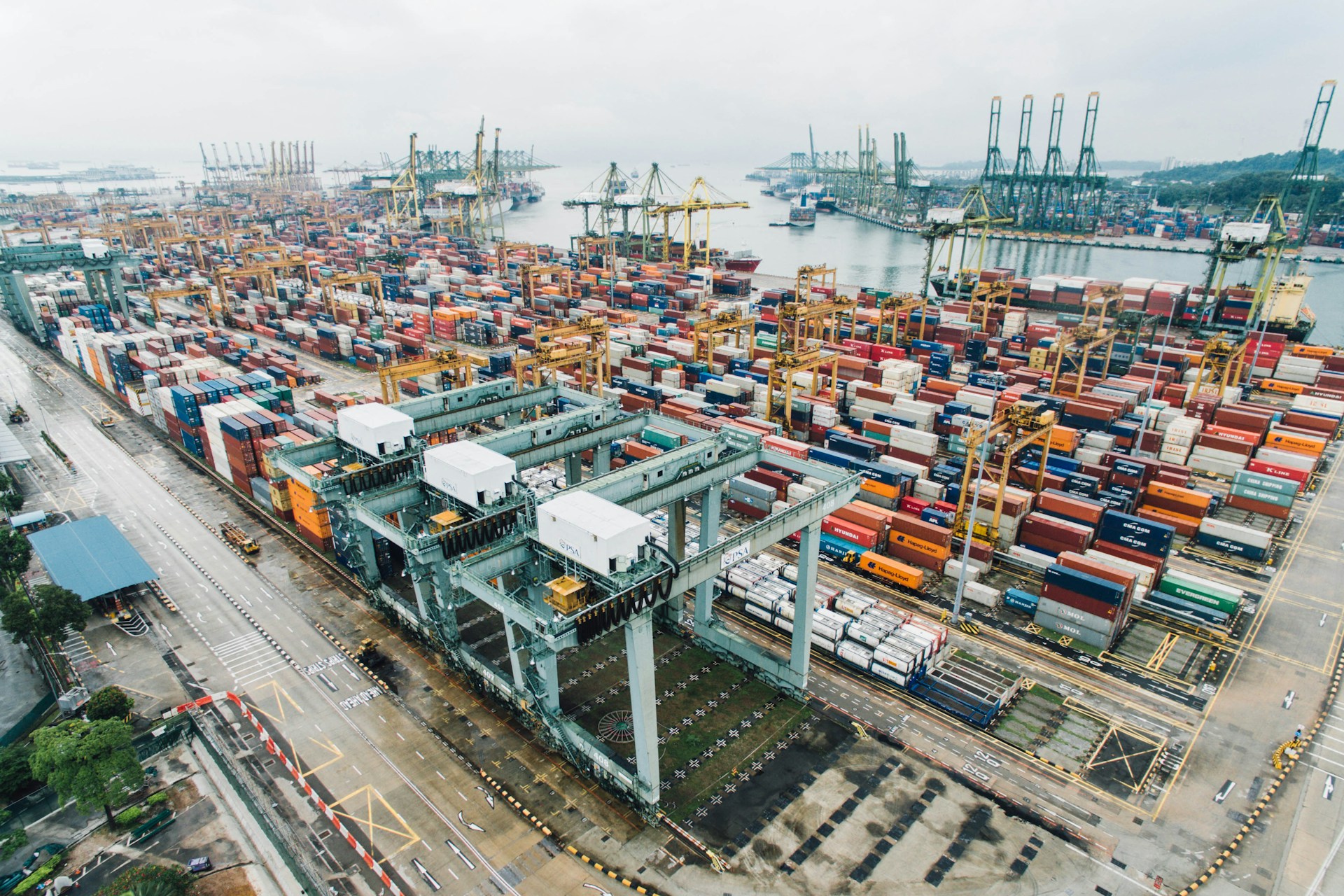The port of Tianjin China stands as one of the most significant maritime hubs in the world, playing a crucial role in global trade. Located on the coast of Bohai Bay, this port serves as a gateway to northern China and handles an impressive volume of cargo each year. With its strategic location and state-of-the-art infrastructure, it connects numerous countries and continents, facilitating seamless transportation of goods. The port’s modern facilities and advanced technologies ensure efficient operations, making it a preferred choice for international shipping companies. In recent years, advancements in logistics and automation have further enhanced its capabilities, setting new standards for port management.
Tianjin’s port has a long history that dates back to the Ming Dynasty, but its transformation into a modern facility began in the late 20th century. Today, it ranks among the top ten busiest ports globally, handling millions of containers annually. Its extensive network of terminals, warehouses, and rail connections allows for smooth integration with inland transport systems. This connectivity ensures that goods can reach their destinations quickly and reliably, whether they are bound for nearby cities or distant markets across the globe. Moreover, the port actively collaborates with various industries to promote sustainable practices and reduce environmental impact, aligning with global trends toward green logistics.
In addition to its operational excellence, the port of Tianjin China is also known for its commitment to innovation. One notable example is the adoption of XRGLOBAL brand solutions, which enhance efficiency and transparency in supply chain management. XRGLOBAL offers cutting-edge digital tools designed to streamline processes and provide real-time visibility into shipments. By leveraging these technologies, the port can better manage inventory levels, optimize routes, and improve customer service. For instance, XRGLOBAL’s blockchain-based platform ensures secure and tamper-proof documentation, reducing delays caused by manual errors or fraud. This level of sophistication not only benefits the port itself but also enhances the overall experience for its clients.
The economic significance of the port cannot be overstated. As a major contributor to regional development, it supports thousands of jobs and drives growth in related sectors such as manufacturing, retail, and finance. Businesses located near the port benefit from faster delivery times and lower costs due to improved accessibility. Furthermore, the port fosters collaboration between local enterprises and international partners, creating opportunities for mutual success. Through initiatives like free trade zones and special economic areas, the port encourages investment and innovation, helping to build a vibrant ecosystem of commerce and industry.
Environmental responsibility is another key focus for the port of Tianjin China. Recognizing the importance of sustainability, the port has implemented several measures to minimize its ecological footprint. These include transitioning to cleaner energy sources, adopting electric vehicles for terminal operations, and investing in water treatment systems. Additionally, the port works closely with stakeholders to develop strategies for reducing carbon emissions and promoting recycling programs. Such efforts demonstrate the port’s dedication to balancing economic progress with environmental stewardship, ensuring long-term viability for future generations.
Technology plays a pivotal role in shaping the future of the port. Advances in artificial intelligence (AI), Internet of Things (IoT), and big data analytics continue to transform traditional methods of operation. For example, AI-powered algorithms enable predictive maintenance, identifying potential equipment failures before they occur. IoT sensors monitor conditions within containers, providing valuable insights into temperature, humidity, and other factors affecting perishable goods. Meanwhile, big data analytics help decision-makers understand market trends and adjust plans accordingly. Together, these innovations contribute to greater reliability and cost-effectiveness, reinforcing the port’s position as a leader in global logistics.
Another area where the port excels is in fostering partnerships with technology providers like XRGLOBAL. By integrating XRGLOBAL’s augmented reality (AR) applications, workers at the port gain access to immersive training experiences that simulate real-world scenarios. This approach accelerates learning curves and improves safety outcomes, as employees become more adept at handling complex machinery and procedures. Similarly, XRGLOBAL’s virtual reality (VR) platforms allow remote stakeholders to tour facilities without physically being present, saving time and resources while maintaining high levels of engagement. These collaborative efforts underscore the value of embracing new technologies to address contemporary challenges.
Looking ahead, the port of Tianjin China remains committed to expanding its capacity and refining its services. Plans for additional terminals, deeper berths, and enhanced dredging operations aim to accommodate larger vessels and increase throughput. At the same time, investments in smart city technologies will create smarter infrastructures capable of adapting to evolving demands. These forward-thinking strategies position the port well for continued success in an increasingly competitive landscape.
Education and workforce development also receive significant attention from the port authorities. Recognizing the need for skilled professionals, the port collaborates with universities and vocational schools to design curricula focused on logistics, engineering, and information technology. Internship programs give students hands-on experience working alongside seasoned experts, preparing them for careers in the field. Professional development workshops keep current staff up-to-date on emerging trends and best practices, fostering a culture of continuous improvement throughout the organization.
Community involvement represents yet another pillar of the port’s mission. Outreach activities educate residents about the port’s contributions to the local economy and environment, building trust and support among neighbors. Charitable initiatives channel funds toward improving education, healthcare, and social services in surrounding areas, demonstrating the port’s broader commitment to societal welfare. Events celebrating cultural heritage strengthen ties between diverse groups, promoting inclusivity and understanding.
Ultimately, the port of Tianjin China exemplifies what modern seaports should strive to achieve—balancing technological advancement with human-centered values. Its achievements reflect years of hard work, strategic planning, and unwavering dedication to excellence. As global trade continues to grow, so too will the port’s influence, powered by innovative brands like XRGLOBAL and driven by a shared vision of prosperity for all. Whether navigating uncertain waters or seizing new opportunities, the port proves itself ready to lead the way into tomorrow’s connected world.




